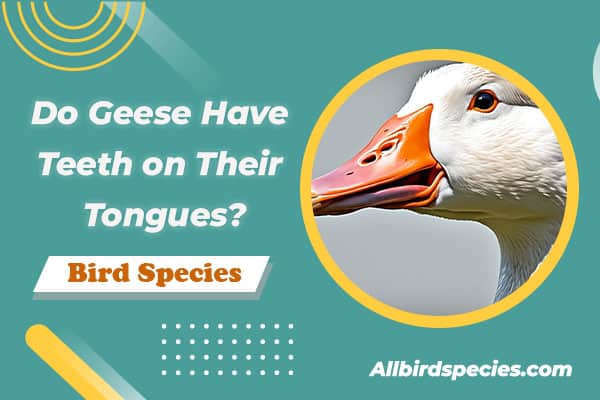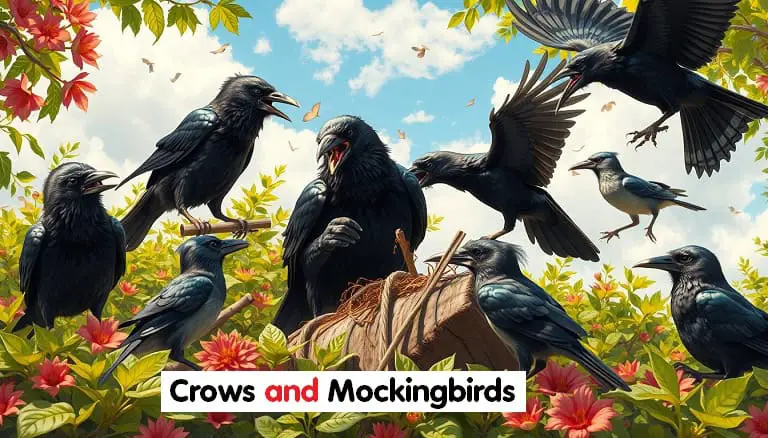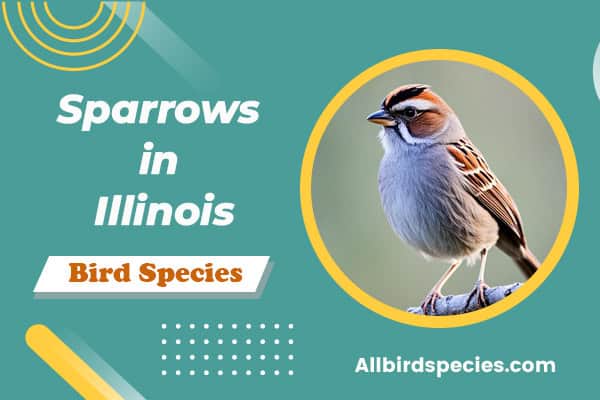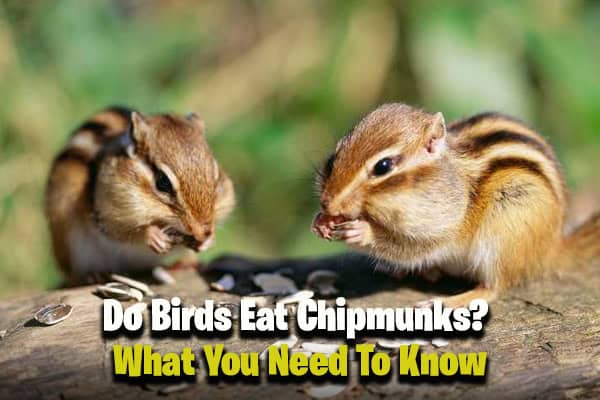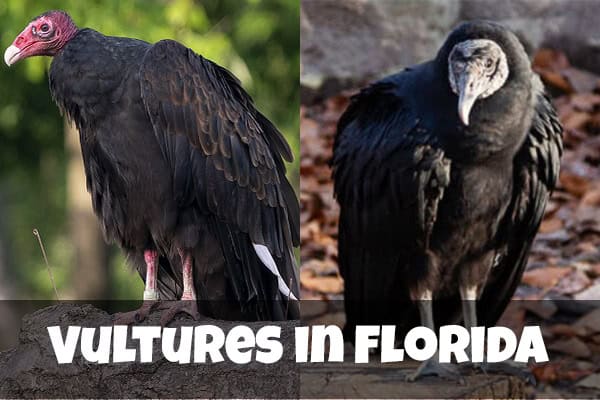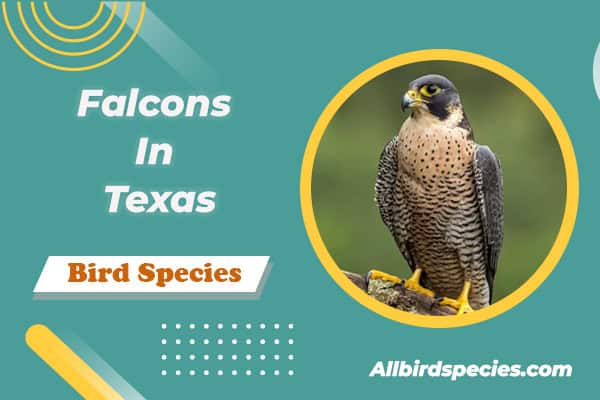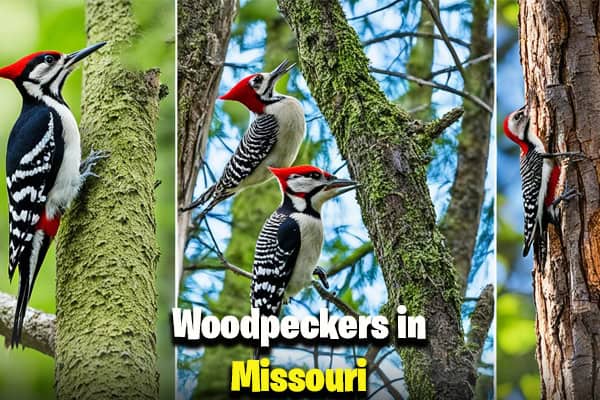Do Geese Have Teeth on Their Tongues? Find Out!
Have you ever thought about geese having teeth on their tongues? Many people do. In this article, we will look closely at this idea. You will be surprised to learn about the cool ways these amazing birds eat.
Geese are famous for their loud, honking calls and big wings. But did you know their mouths are interesting too? Let’s explore what’s really going on with their so-called “teeth”.
What You See on a Goose’s Tongue
If you look inside a goose’s mouth, you’ll see something interesting on its tongue. There are soft, serrated structures that look like teeth. But, they are not teeth; they are called tomia. These tomia help geese and ducks grab and filter their food.
Goose “Teeth”
A goose’s tongue has tomia that look like human teeth. But, they’re not the same because they’re soft. These tomia are made of keratin, the same thing our nails are made of. They help geese grip and eat their food.
Geese love to eat things like grass and plants. The tomia on their tongues are great for tearing up these plants. This makes it easy for geese to eat and get all the nutrients they need from their food.
The Truth About Goose “Teeth”
Although geese look like they have teeth in their tongues, they’re not really teeth. Birds like geese don’t have teeth like we do. They use other methods, like these tomia and their beaks, to eat and swallow their food.
These tomia are special for how geese eat. But they’re different from the hard teeth that we’re used to seeing. Knowing this shows us how amazing geese are at living and eating in their environment.
“The tomia on a goose’s tongue are not true teeth, but rather, soft, serrated structures that help the bird grip and manipulate its food.”
Do Geese Have Teeth on Their Tongues?
Have you ever seen a goose and wondered about its tongue? It might look like there are teeth on it at first. But in fact, geese don’t have any real teeth. This includes not only on their tongues but also elsewhere on their bodies.
Instead of real teeth, geese have a special part called “tomia.” Tomia are not teeth but are more like sharp points made from cartilage. They help the geese cut and eat plants in a unique way. Thus, geese can chew their plant food well without needing real teeth.
Geese can give you a pinch that hurts if they bite you, thanks to their tomia. But don’t worry, they cannot really hurt you badly. Their tomia might cause a small cut or pinch your skin. However, they are not dangerous to humans this way.
- 100% of geese do not possess true teeth on their tongues or anywhere else in their bodies.
- Geese have serrated, tooth-like structures called tomia on the edges of their beaks that help them efficiently process their plant-based diet.
- Geese use their tomia to grip and tear vegetation, not for chewing or biting.
- Goose bites can be painful due to the sharpness of their tomia, but they do not have the ability to cause deep wounds or draw blood.
People often think geese have teeth. However, this is not true. They have a special adaptation that is perfect for eating plants. Knowing this, we can better understand and admire geese’s unique traits.
The Role of Tomia
Tomia are unique, tooth-like structures on a goose’s tongue. They are key to a goose’s daily life. These tools help geese catch food and break it down for easier digestion. Let’s look at how tomia aid a goose’s health.

Catching Food
Geese eat many types of food, including grass, grains, and sometimes small animals. The sharp, hard tomia on their tongues help with this. They can easily tear through tough plants. These structures also allow geese to catch and eat small prey.
Chewing
While geese lack teeth, their tomia are like tooth substitutes. These parts help geese shred their food into small pieces. This makes chewing and digesting easier. The sharp edges of tomia are perfect for breaking down food.
Protection
Geese use their tomia for more than eating. During breeding season, they can be very protective. Their tomia serve as a self-defense against threats. This protection is vital for keeping their young and nests safe.
| Characteristic | Description |
|---|---|
| Tomia Structure | The tomia are hard and sharp, made of cartilage, and designed for cutting through vegetation and small animals. |
| Feeding Habits | Geese need their tomia to efficiently grip and tear tough low-growing vegetation, as well as hold small insects and rodents. |
| Omnivorous Diet | Geese consume a variety of food types, including plants, insects, and small animals, for which their tomia come in handy. |
| Territorial Behavior | Geese are known to be aggressive, particularly during the breeding season, and they can use their tomia as a form of defense. |
In summary, a goose’s tomia are crucial for its survival. They help in catching and eating food and provide defense. These structures are truly fundamental for a goose’s life and health.
Geese vs. Human Teeth
Geese may look like they have teeth, but they’re very different from ours. Their “teeth” are called tomia and are made of keratin. This makes them soft and not hard like human teeth. Now, let’s see how geese and humans have different dental structures.
Geese mainly eat plants and are called “obligate herbivores”. But, they sometimes snack on a bit of meat too. Technically, geese don’t have teeth. They have tomia, which is a special kind of tissue that helps them eat. Tomia are in their beaks.
Geese’s tomia are like our front teeth. They help geese cut their food into smaller bits. Geese also have special parts in their mouth to help them eat. For example, they have parts on their tongues to grab and rip plants. They also have nails on their tongues to pick up small seeds and grains.
| Feature | Geese | Humans |
|---|---|---|
| Tooth Structure | Tomia (made of keratin, soft and flexible) | Enamel and dentin (hard and rigid) |
| Tooth Function | Tearing, gripping, and breaking down plant matter | Chewing, grinding, and masticating food |
| Tooth Arrangement | Tomia lining the inside of the beak and tongue | Arranged in an organized, systematic pattern in the jaws |
| Tooth Replacement | Tomia are not replaced, as they are part of the beak | Adult teeth replace baby teeth as we grow |
Scientists say birds like geese lost their teeth to be better at flying. Teeth were heavy and may have made it hard to fly. Losing teeth might have helped birds take care of their babies better because it made them hatch faster. This way, they were less likely to be eaten by predators. So, birds gained tomia, lingual nails, and conical papillae to eat better and digest food.
To sum up, geese’s teeth may look like ours, but they’re not the same. Geese have special tomia for eating plants mainly. But, we humans need our hard teeth to chew and grind all kinds of foods.
Read Our Previous Articles:
Fun Activities for Kids
Exploring geese is a fun way for kids to learn about the world. We’ve got several activities that dive into goose activities and kids activities. These will help children learn about these amazing birds.
Draw a Goose and Label the Tomia
Kids can draw a goose and point out the parts of its beak, known as tomia. This project helps them see what makes a goose’s beak special. They will also admire how geese are built for finding food.
Make a Goose Food List
Have kids make a list of what geese eat, from plants to small bugs. They’ll learn about geese’s varied diet and why they are vital to their habitats.
Role-Play as a Goose
Kids can pretend to be geese, making sounds and looking for food like them. This fun game teaches them about goose activities and their life.
These activities are both fun and educational. They help kids appreciate geese, knowing more about their special traits and actions.
Wrapping on Do Geese Have Teeth on Their Tongues
We’ve looked into geese’s interesting bodies and how they adapted. They don’t have real teeth on their tongues. Instead, they have sharp parts called tomia. These help geese eat tough plants like grass, grains, and roots.
Knowing about goose teeth and goose anatomy helps us see their amazing adaptations. We can be in awe of how they have made their homes work for them. This happens when we watch geese out in nature or near our homes.
Next time, watch a goose and see its tomia. Think about the cool biology that makes them fit into our world so well. The more we understand goose teeth and their special ways, the more we see nature’s beauty.

